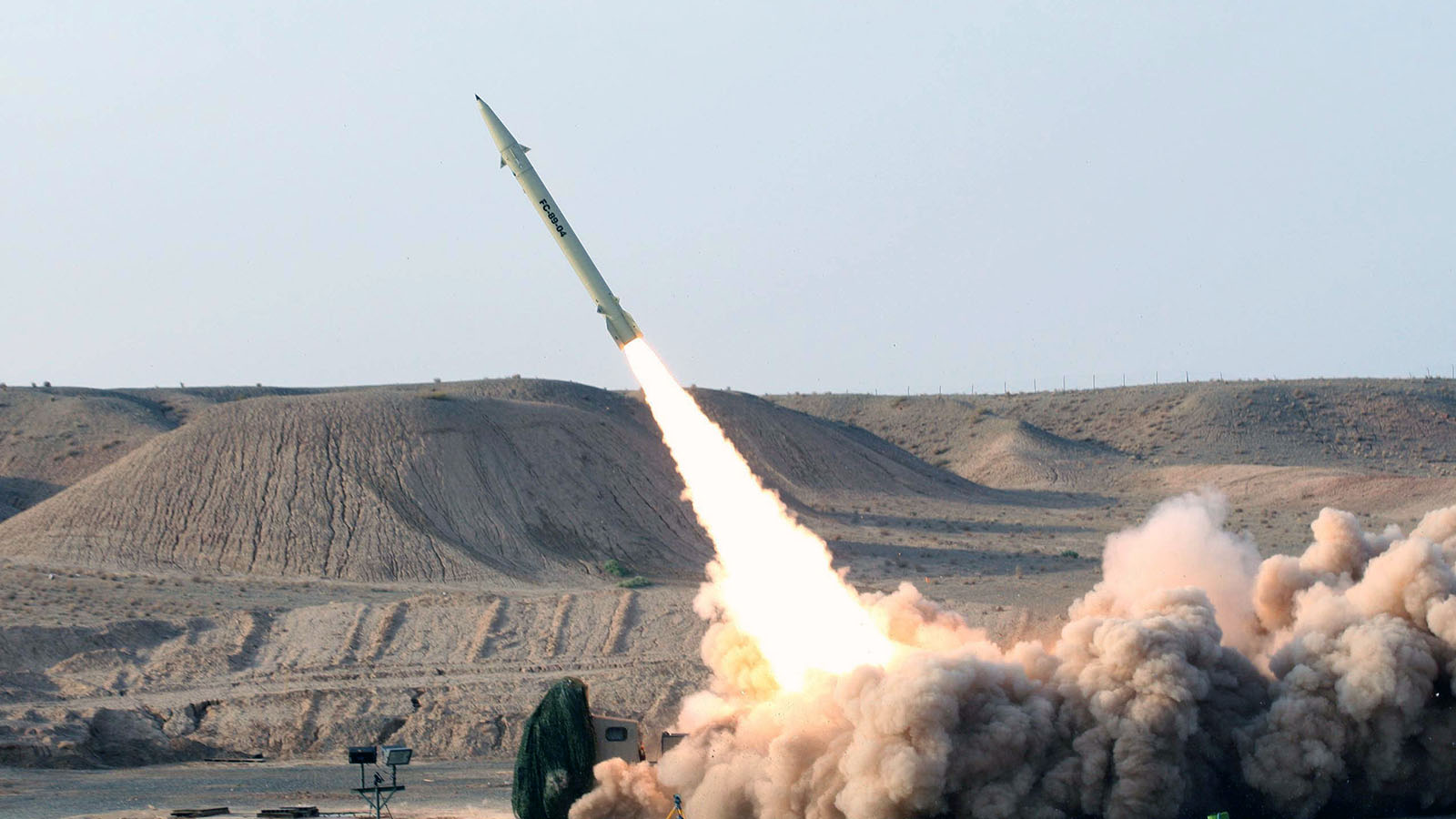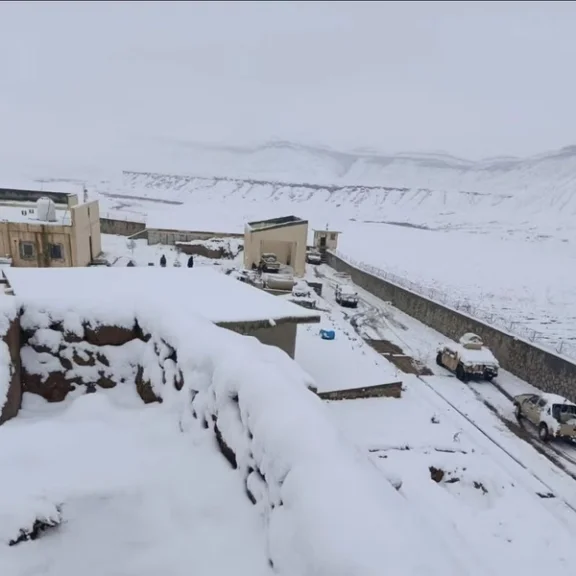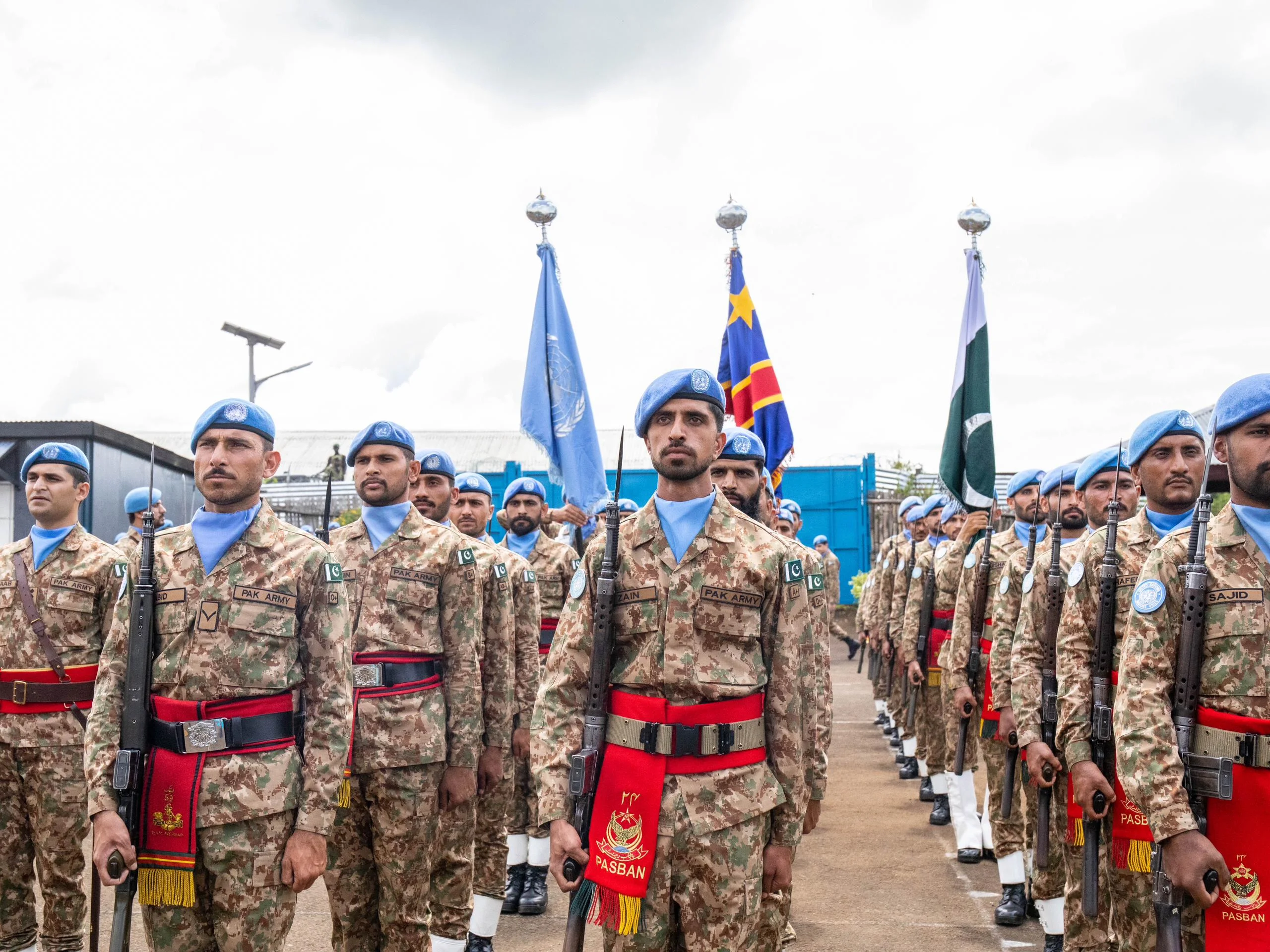This article was originally published at The Express Tribune
In an increasingly volatile geostrategic environment – where great powers compete for dominance and regional rivalries fuel arms races – narratives can be as powerful as missiles are. Within this charged atmosphere, Pakistan is once again the target of hypothetical accusations, this time alleging the pursuit of intercontinental ballistic missiles (ICBMs).
These allegations rest on shaky ground, driven more by propaganda than by credible evidence. Despite all speculations, there isn’t a shred of credible evidence – no data, satellite imagery, details of missiles, or official attribution – that would validate Pakistan’s development of missiles beyond the range needed to counter India’s growing arsenal.
Pakistan’s missile program remains anchored in a doctrine of credible minimum deterrence – a doctrine shaped by regional realities, not global ambitions. All these speculations are based on myths, not facts.
While Pakistan faces unfair scrutiny based on hypothetical scenarios, India’s rapid missile development, backed by noticeable advancements and official disclosures, is largely overlooked. India is steadily advancing a comprehensive missile arsenal, from submarine-launched ballistic missiles (SLBMs) like the K-4 and K-5, to hypersonic glide vehicles, Multiple Independently Targetable Reentry Vehicles (MIRVs), and even anti-satellite (ASAT) weapons.
The disclosure made by a former BrahMos Aerospace scientist on June 25, 2025, that India’s DRDO is developing the K-6 SLBM, capable of reaching 8,000 km at Mach 7.5, only underscores the scale and ambition of this program.
The K-5 missile, estimated to have a range of over 5,000 km, potentially extending beyond 8,000 km with a lighter payload, is being deployed aboard India’s Arihant-class nuclear submarines, ensuring a robust and hard-to-detect second-strike capability. Such a platform, launched from the Indian Ocean, possesses latent intercontinental strike capability, complicating early detection and effective response by adversaries.
Moreover, India’s development of long-range systems exceeds the deterrence requirements for regional adversaries like China or Pakistan. The Agni series, particularly Agni V and Agni VI, are reportedly capable of ranges beyond 7,000 km and up to 12,000–16,000 km, potentially placing Western Europe, the Middle East, Central Asia, East Asia, and the US mainland within reach.
Furthermore, the transition toward canisterized missiles and hypersonic platforms with global reach highlights a shift from a defensive posture to a proactive pursuit of strategic dominance. These capabilities fundamentally contradict India’s proclaimed doctrines of “No First Use” and “Credible Minimum Deterrence.”
India’s missile program is being quietly accelerated under the cover of global distraction. As the US remains engaged in simultaneous crises – from Ukraine and Gaza to Asia-Pacific tensions – India is capitalizing on this diverted attention to expand its strategic capabilities with little scrutiny. Adding to this, India enjoys privileged access to advanced technology.
Since obtaining the Nuclear Suppliers Group (NSG) waiver and joining the Missile Technology Control Regime (MTCR) in 2016, India has forged stronger defense partnerships with the US, France, and Russia. These partnerships have led to accelerated missile testing, greater access to dual-use technologies, and a faster trajectory toward global power projection.
Ironically, India enjoys these privileges despite being a non-signatory of the Nuclear Non-Proliferation Treaty (NPT). In reality, since joining the MTCR, India has conducted more missile tests than any regional power and has significantly diversified its nuclear arsenal. The international community’s failure to draw attention to India’s expanding missile capabilities reflects a dangerous double standard. While Pakistan faces criticism without evidence, India is allowed to advance unchecked.
This imbalance undermines not only regional stability but also long-term global security. India’s missile program has been driven by a desire for status and global influence, not just survival. Its current trajectory – longer ranges, MIRVs, hypersonic, naval nuclear platforms, and even talks of overseas military bases – confirms these ambitions.
The US and its allies, in their short-term bid to build India as a counterbalance to China, may be ignoring the strategic blowback. India’s unchecked rise may eventually challenge the very powers that helped enable it. Baseless allegations against Pakistan are not merely misleading; they are part of a larger geopolitical strategy aimed at justifying special treatment.
In international relations, there are no permanent allies or adversaries. One day, the very nations enabling India today may find themselves at strategic odds with it. The international community must adopt a balanced, evidence-based approach in assessing South Asia’s security landscape. Ignoring India’s missile expansion in pursuit of economic or political partnerships may ultimately prove to be a costly miscalculation.






